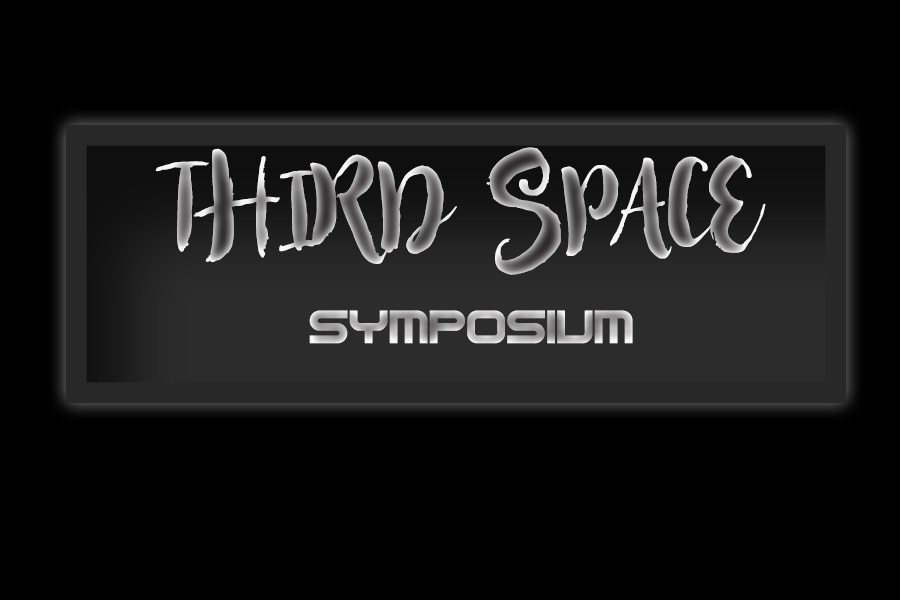Summarize the three day event (you will be attending two sessions) in a 500 word Symposium Hyperessay, with a focus on the two keynotes by Maria X and Matt Adams, the two performances by Jon Cates and Annie Abrahams, and the global roundtable discussions.
Topic: Social Broadcasting: A Communications Revolution
In this essay, I will be referring to Matt Adams’ Keynote and Annie Abrahams and Co.’s live networked performance from the three-day Symposium. I would like to talk about how the Third Space allows people to come together and create a piece that can send a message to the messes.
I’m sorry I forgot about taking screenshots.
On Day 1, Annie Abrahams and her partners performed from their respective homes and delivered a performance by syncing their actions e.g. filming a white surface, etc. It started off with the participants announcing their latency and saying “eggcellent”, which in my opinion was messy but sounded therapeutic at the same time.
I felt that the Third Space in this performance was extremely well-explored. Not only did Annie and the participants make use of the live video feeds, they also made use of sound (which was very clear because it is through a video) and the appearance of the video feeds. With the perimeter of the screens lighting up at the same time whenever anyone spoke from their end, it added the effects.
When the performance truly begun, the participants voiced a constant lull of comments which sounded very synced, comforting and attractive even though it is so random and illogical. There were also small mistakes made along the way such as Igor not being able to find a white screen fast enough but personally, it added to the beauty of the lack of symmetry. I think the magic in the piece lies in the incoherence in the webcam pieces are consistent.
On Day 2, Matt Adams talked about Blast Theory and their projects. He mentioned Kidnap, Uncle Roy All Around You, I’d Hide You, My Neck of the Woods and My One Demand. Their projects revolved around the concept of people being together in the same place and silent contracts are formed- this is different from a community. This contract tests people’s willingness and openness to embrace agreements on a platform they may not be comfortable with.
Blast Theory makes use of the Third Space as a platform to connect both the online and the physical people together. His works addresses cybernetic concerns for circularity, communication and control. There is also a utopian sense of responsibility and freedom, where social relationships are made possible by the internet. This would have been possible in the past where commons are shared, but with modern private ownership and privacy, sharing domains must be done through individual consent.
Blast Theory- Kidnap (1998)
His works also explored power flow between people, the audience and the set of performers. In society, there is state control over the body and power relationships, which foregrounds the way we experience and play with power. When someone holds more power, such as in Kidnap where helpless and unknowing members of the public are kidnapped by Blast Theory, the ‘victims’ can essentially experience more things that may not be within their comfort zone. On the other hand, people on the Third Space can see what is going on yet not being as intimidated or affected that badly because it is as though whatever goes on behind the screen is not real. This puts people on the Third Space in more power.
In conclusion, I would like to reiterate how the Third Space allows people to entangle the fine line between a Telematic space and reality. While it engages the audience to come together as one to create a masterpiece as though they are not separated by distance and spaces, it may also generate a discussion about how far can people go to establish a sort of control over others, such that it does not become a crime-like while retaining its realism.







